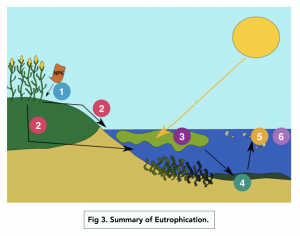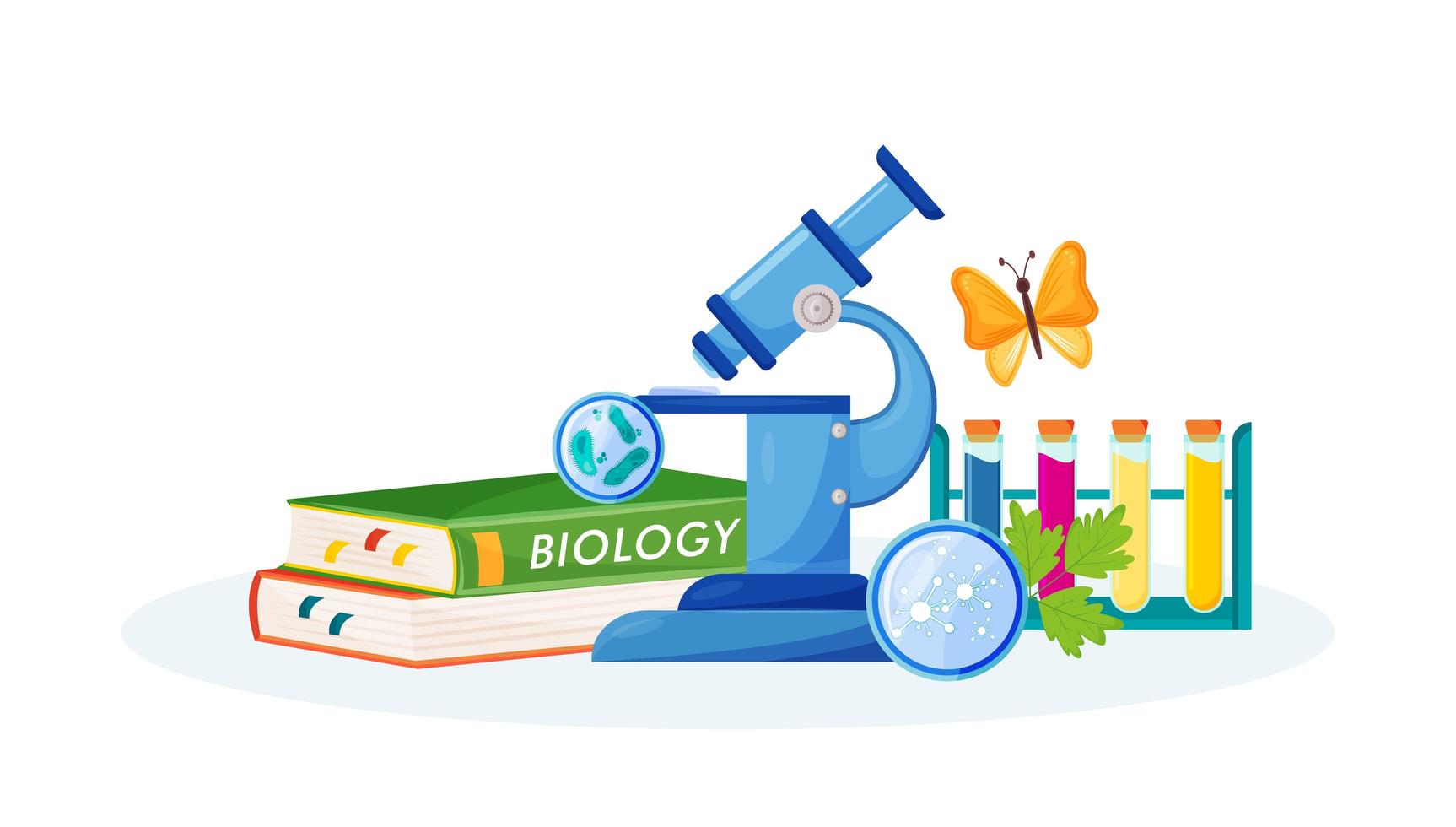Factors Affecting Biodiversity (A-level Biology)
Factors Affecting Biodiversity
Human Impact on Biodiversity
Throughout our history, humans have had a negative impact on overall biodiversity of the Earth. Hunting, poaching, development of agriculture, development of cities, and pollution of the environment have lead to large scale extinctions of many species resulting in an overall reduction in biodiversity.
Farming, in particular, has led to several problems because farmers use several techniques to maximise food production:
Deforestation
Deforestation is the clearing of forests (or other habitats such as glaciers) to make way for human settlements and farmland. Deforestation for farming has several severe consequences:
- Deforestation ruins habitats. The biggest impact is habitat destruction. Loss of habitat results in loss of shelter, food, water, and other resources that other organisms need to survive.
- Loss of habitat causes extinction. Habitat destruction leads to extinctions and die offs of different species in the ecosystem. This leads to loss of biodiversity which puts the ecosystem in a state of poor biological health.
- Loss of trees leads to soil erosion. Tree roots hold soil in place. Without tree roots, rain and wind can remove the soil from the area. This leads to loss of nutritional value of the soil, which impacts the growth of plants, which in turn impacts the entire ecosystem.
Pesticides and Herbicides
- Pesticides and herbicides kill pests and weeds. Pesticides kill undesired animals (pests), and herbicides kill undesired weeds.
- Pesticides can kill other animals. Intensive farming often uses pesticides which are toxic to other organisms within the ecosystem.These pesticides can get into the ground and can be carried to nearby river systems by rain water, where they can affect fish and other aquatic animals.
- Herbicides can kill other plants. Herbicides can kill other plants aside from weeds, which educes biodiversity of plants. It also affects any animals that rely on weeds for food.
Fertilisers and Eutrophication
Use of fertilisers can lead to eutrophication.
- Fertilisers used by farmers. Fertilisers provide nutrients to help farmers promote good crop growth.
- Fertilisers are carried by rain water. These fertilisers can get mixed in with rain water which carries them to nearby bodies of water.
- Fertilisers enter lakes and rivers. When the fertilisers get into lakes, rivers, and streams, they lead to a spike in nitrogen, ammonia, and other nutrients in the water.
- Nitrogen spike kills aquatic animals. This spike in nutrients and nitrogen is beneficial to aquatic plants which causes them to grow very rapidly and densely. However, nitrogen and ammonia are toxic to other aquatic organisms.
- Overgrowth of plants. The over growth of plants removes oxygen from the water.
- Large loss of aquatic animals. Ultimately, eutrophication leads to large scale die off of aquatic organisms, and eventually the plants themselves.

Selective Breeding
Selective breeding means choosing plants and animals with the best traits (e.g. most food producing) and breeding them more. However, this leads to a loss in genetic diversity of farm animals, which leads to a loss in biodiversity.
Conservation and Farming
Modern Farming is Unsustainable
It is important to understand that modern farming is unsustainable.
- Loss of genetic diversity increases susceptibility to disease. Loss of genetic diversity in domesticated plants and animals makes them easily susceptible to diseases that can wipe out large numbers of plants and animals, resulting in severe food shortages.
- Soil erosion can affect nutritional quality of soil. Soil erosion due to farming leads to poor nutritional quality of soil, which will eventually lead to a shortage of food once the soil is nutritionally wasted.
Conservation is Needed
Conservation practices need to be implemented into modern farming in order to sustain it. Here are three strategies:
- Conserving wild species – Conservation of wild species of domesticated animals (e.g. dogs) allows for a genetically diverse population of animals that can be used later on.
- Preventing deforestation – Preventing deforestation helps improve soil quality, which promotes better farming. Certain areas are protected as SSSIs (Sites of Special Scientific Interest).
- Preserving habitats – Land and habitat preservation promotes biological diversity which ultimately helps domesticated plants and animals as well.
Methods to Maintain Biodiversity
There are various methods in place to maintain biodiversity. You should be aware of the following:
- In-situ conservation – Through establishing protected habitats such as marine conservation zones and wildlife reserves, in-situ conservation hopes to preserve species in their natural habitat.
- Ex-situ conservation – Instead of keeping species in their natural habitat, ex situ conservation aims to move a species from its natural habitat into a new, controlled and protected environment. Some examples of ex-situ conservation are zoos, botanic gardens and seed banks.
- International Agreements – Countries can work together to improve conservation. This often occurs through the form of agreements, such as CITES (Convention on International Trade in Endangered Species) and CBD (Rio Convention on Biological Diversity). These set out rules such as banning the hunting of endangered species and how resources can be used sustainably.
- Local Agreements – Closer to home, the UK has a CSS (Countryside Stewardship Scheme). Through this scheme, the government pays landowners to incorporate conservation methods into their practice. This scheme has helped to increase biodiversity in the British countryside.
Climate Change
The use of fossil fuels leads to the greenhouse gas effect, which in turn causes global warming. Global warming causes the temperatures on Earth to increase drastically.
Changes in climate negatively impact ecosystems:
- Organisms aren’t adapted to the new climate. Many plants and animals require very specific climates in order to survive. Changing the climate results in a loss of suitable habitat which can cause these organisms to become extinct.
- Certain organisms can outcompete. Organisms better suited to warmer temperatures can outcompete other animals for resources and habitats, which also results in a loss of biodiversity.
- Increase in diseases. Climate change can promote the proliferation of many disease-causing organisms such as mosquitoes, mould, viruses, bacteria, and other parasites. This can harm not only other plants and animals, but also humans.
FAQs
Biodiversity refers to the variety of different species, genes, and ecosystems that make up life on Earth. It encompasses the range of all living organisms, from microbes to mammals, and the complex relationships between them.
There are many factors that can affect biodiversity, including: habitat destruction and fragmentation, over-exploitation of resources, introduction of invasive species, climate change, pollution, and disease.
Habitat destruction, such as deforestation, urbanization, and the conversion of land for agriculture, destroys the homes of many species and reduces the available habitat for others. This can lead to declines in biodiversity and even extinction of species.
Over-exploitation of resources, such as overfishing, hunting, and harvesting of plant species, can deplete populations and reduce the diversity of species in an ecosystem. This can have cascading effects on other species and the ecosystem as a whole.
Invasive species are non-native species that are introduced to an ecosystem and can cause harm to native species by competing for resources, spreading diseases, and altering habitats. This can reduce the diversity of species in an ecosystem and disrupt the delicate balance of species interactions.
Climate change, resulting from increased greenhouse gas emissions, is causing shifts in temperature, precipitation patterns, and other environmental factors. These changes can alter the distribution of species and disrupt migration patterns, leading to declines in biodiversity.
Pollution, such as the release of chemicals into the environment, can have toxic effects on a wide range of species and can also disrupt food chains and ecosystems. This can reduce the diversity of species in an ecosystem and harm the health of individuals and populations.
Disease, such as the introduction of a new pathogen, can have devastating effects on populations of species, leading to declines in diversity. This can also disrupt food chains and have cascading effects on other species and the ecosystem as a whole.
There are many actions that can be taken to conserve biodiversity, including: protecting and restoring habitats, managing resource use sustainably, controlling the spread of invasive species, reducing greenhouse gas emissions, and mitigating the impacts of pollution and disease.






Still got a question? Leave a comment
Leave a comment